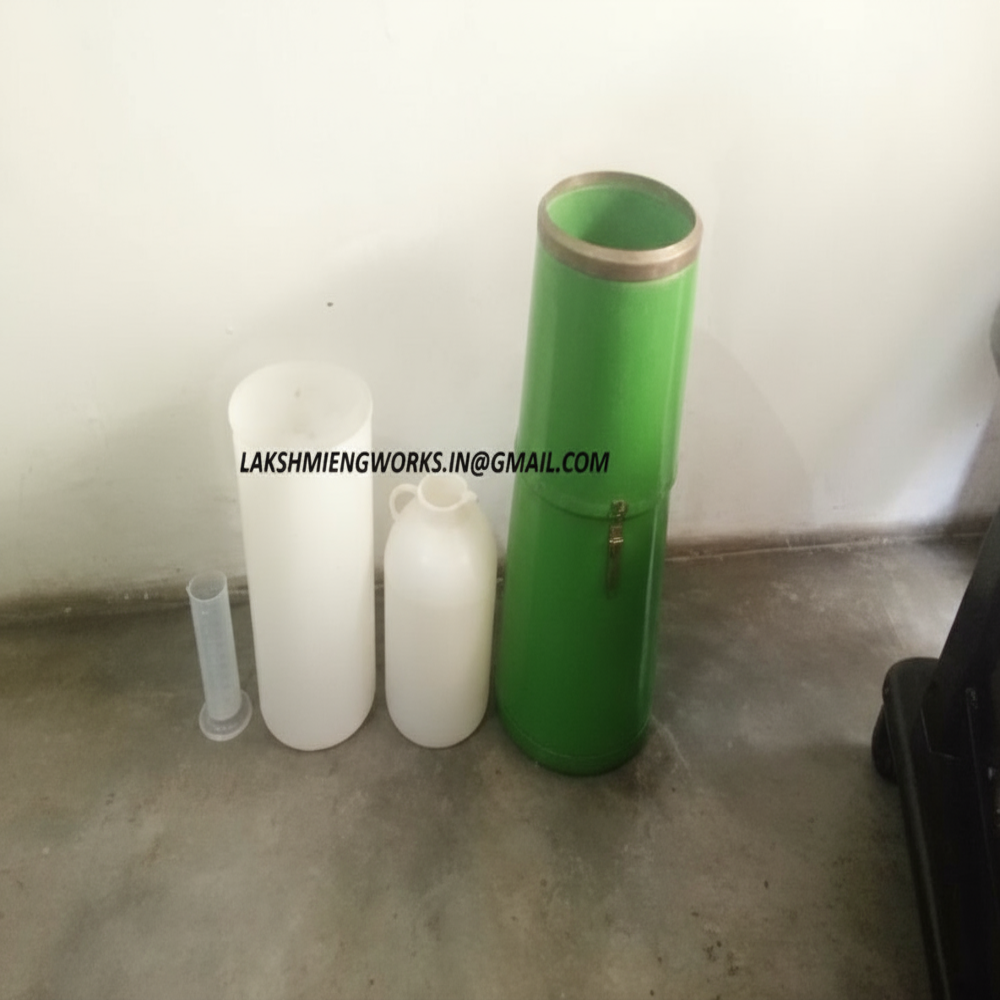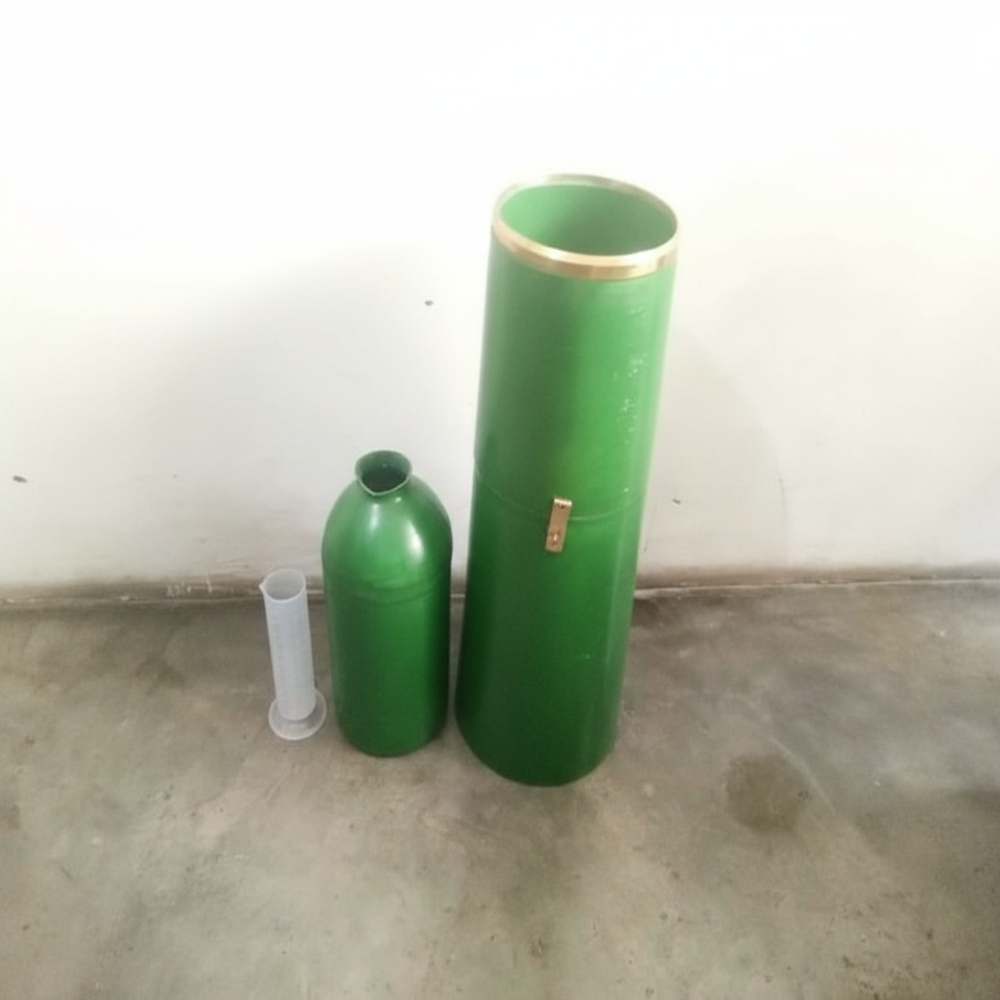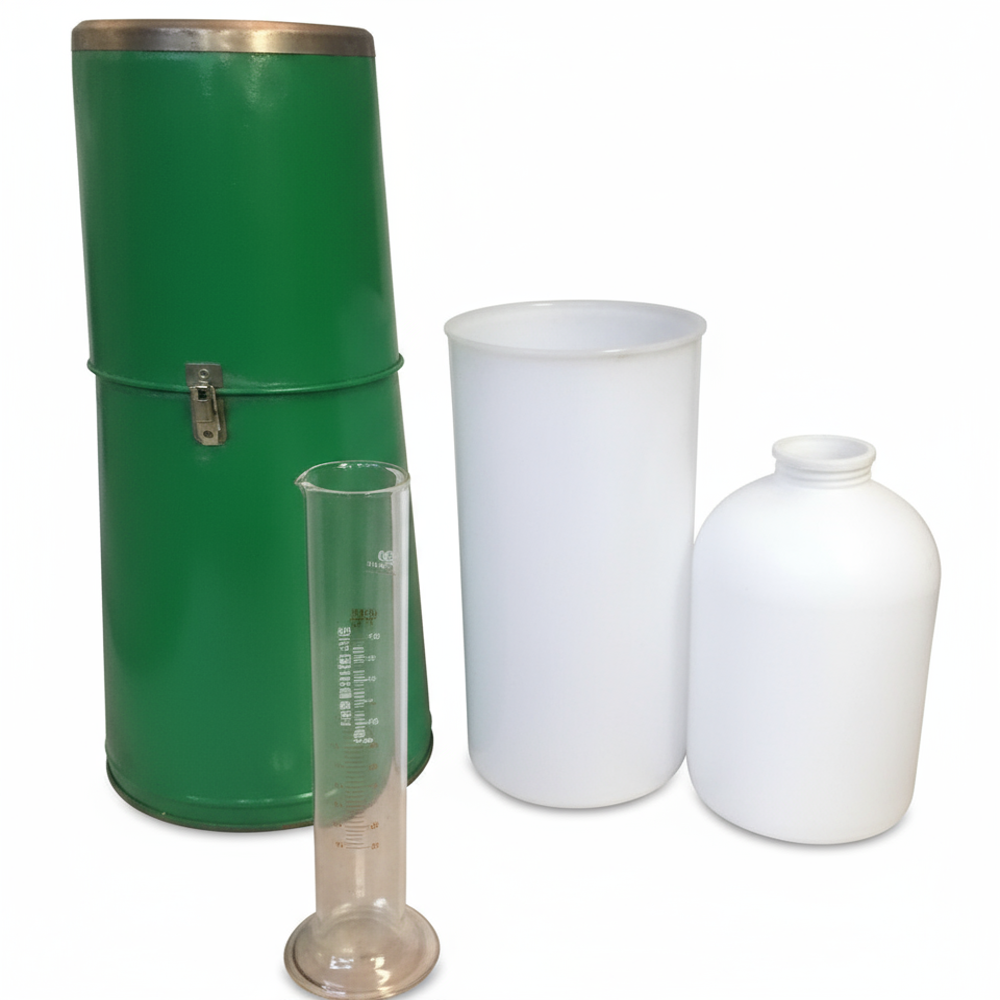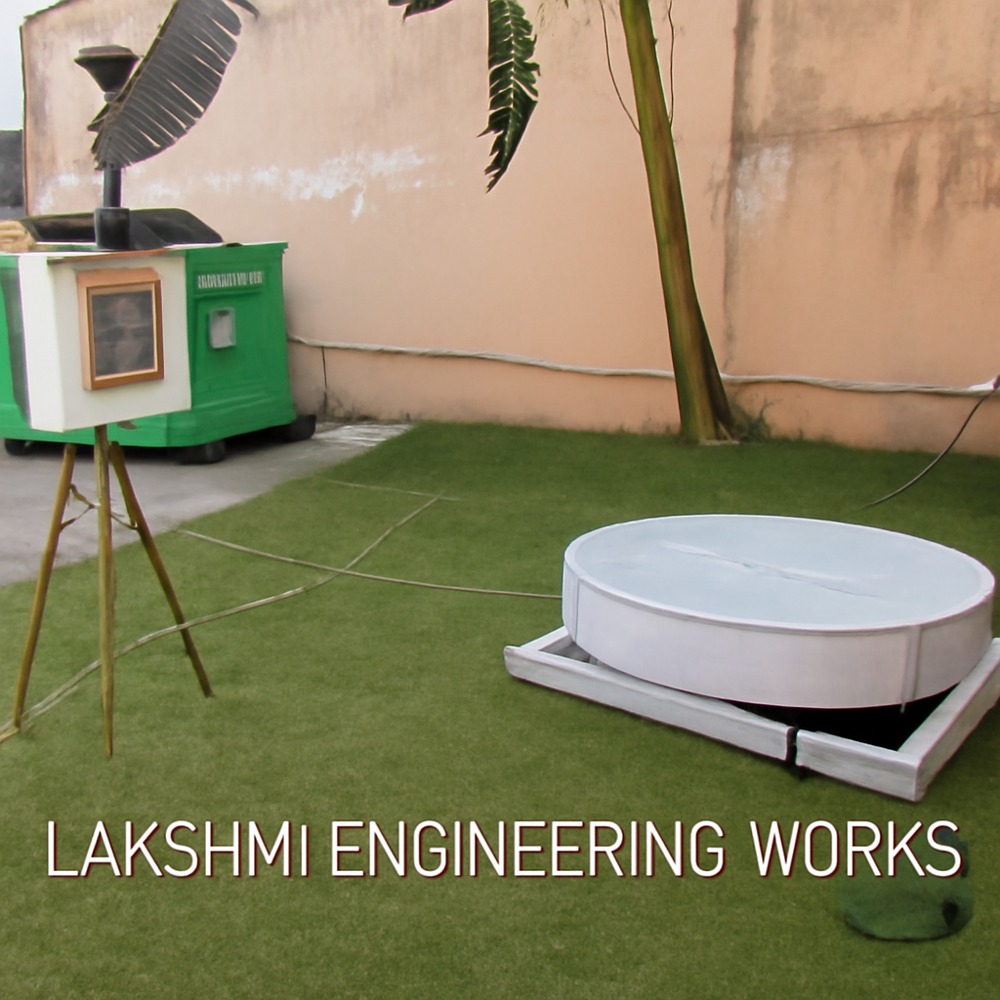Ordinary Rain Gauge
8500.0 INR/Piece
Product Details:
- Theory Other
- Voltage Volt (v)
- Weight 3 Kilograms (kg)
- Dimension (L*W*H) 13 * 21 * 13 Centimeter (cm)
- Usage Rain measurement
- Operate Method Manually
- Application Rainfall measurement
- Click to View more
X
Ordinary Rain Gauge Price And Quantity
- 1 Piece
- 8500.0 INR/Piece
Ordinary Rain Gauge Product Specifications
- Green
- Brass
- Other
- 0.2 mm
- 200 mm
- Meteorological
- 25 Celsius (oC)
- 25 Celsius (oC)
- No
- Manually operated
- Data Recorder
- Manual byte (B)
- 100 %
- 22 Milliliter (ML)
- 13 * 21 * 13 cm
- Rainfall measurement
- NO
- Ampere (amp)
- Rain gauge
- Other
- Manually operated
- 3 Kilograms (kg)
- Volt (v)
- Other
- User Manual
- Daily Days
- Manually
- 13 * 21 * 13 Centimeter (cm)
- Rain measurement
- 3 Kilograms (kg)
Ordinary Rain Gauge Trade Information
- Roorkee
- Cash Advance (CA), Cash in Advance (CID), Cheque
- 10000 Piece Per Year
- 1 Days
- Free samples available with shipping and taxes paid by the buyer
- Corrugated box
- Asia, Australia, Middle East, Africa, Central America, North America, South America, Eastern Europe, Western Europe
- NA
Product Description
Ordinary Rain Gauge, often referred to as a Non-Recording Rain Gauge or a Manual Rain Gauge, is the simplest and most common type of instrument used to measure the amount of precipitation (rainfall) that has fallen over a specific period at a particular location. It collects rainfall directly into a container, and the accumulated depth is then manually read.
Product details
|
Measuring Range |
As per requirement |
|
Model Name/Number |
Lakshmi Engg. Works |
|
Is It Portable |
Portable |
|
Material |
Mild Steel |
|
Color |
As per requirement |
|
Diameter |
As per requirement |
Manual Precision for Meteorological Applications
This rain gauge is specifically crafted for meteorological use, ensuring precise manual measurement of rainfall. With a sturdy brass construction and user-friendly design, users can easily record precipitation data for research, agriculture, or weather monitoring without relying on batteries or digital interfaces.
Effortless Maintenance and Longevity
Owing to its manual function and lack of electronic parts, the rain gauge offers minimal maintenance and long-term durability. The daily operational scope and resistance to environmental wear increase its value for consistent rainfall tracking, even in challenging outdoor conditions.
FAQs of Ordinary Rain Gauge:
Q: How do I set up and operate the Ordinary Rain Gauge?
A: To set up the gauge, position it on a flat, unobstructed surface outdoors where it can collect rain directly. Ensure it remains upright. After rainfall, manually note the collected amount using the calibrated markings, then empty the gauge for future measurements.Q: What materials are used in this rain gauge and why?
A: This rain gauge is constructed from high-quality brass, which is chosen for its durability and resistance to corrosion, making it well-suited for outdoor exposure and long-term use in various weather conditions.Q: When is the best time to take rainfall measurements with this gauge?
A: Measurements should be taken daily, preferably at the same time each day, to ensure consistent data collection. After each measurement, reset the gauge for the next observation.Q: Where should I install the rain gauge for most accurate results?
A: It should be placed in an open area away from buildings, trees, or other obstructions that could block rain from entering the funnel, ensuring optimal accuracy in your rainfall records.Q: What is the measuring capacity and accuracy of this rain gauge?
A: The rain gauge can measure up to 200 mm of rainfall per cycle with a resolution of 0.2 mm and is designed to deliver 100% measurement accuracy under the specified conditions.Q: How does the manual operation benefit data recording?
A: Manual operation eliminates the need for batteries or external power, making the rain gauge highly reliable in remote locations and during prolonged use, with measurements easily recorded in the users log book.Q: What are the main uses of this rain gauge?
A: It is primarily used for rainfall measurement in meteorological research, agricultural planning, environmental studies, and educational purposes, offering dependable data for informed decision-making.Tell us about your requirement

Price:
Quantity
Select Unit
- 50
- 100
- 200
- 250
- 500
- 1000+
Additional detail
Mobile number
Email
Other Products in 'Metereological Instruments' category
 |
LAKSHMI ENGINEERING WORKS
All Rights Reserved.(Terms of Use) Developed and Managed by Infocom Network Private Limited. |













